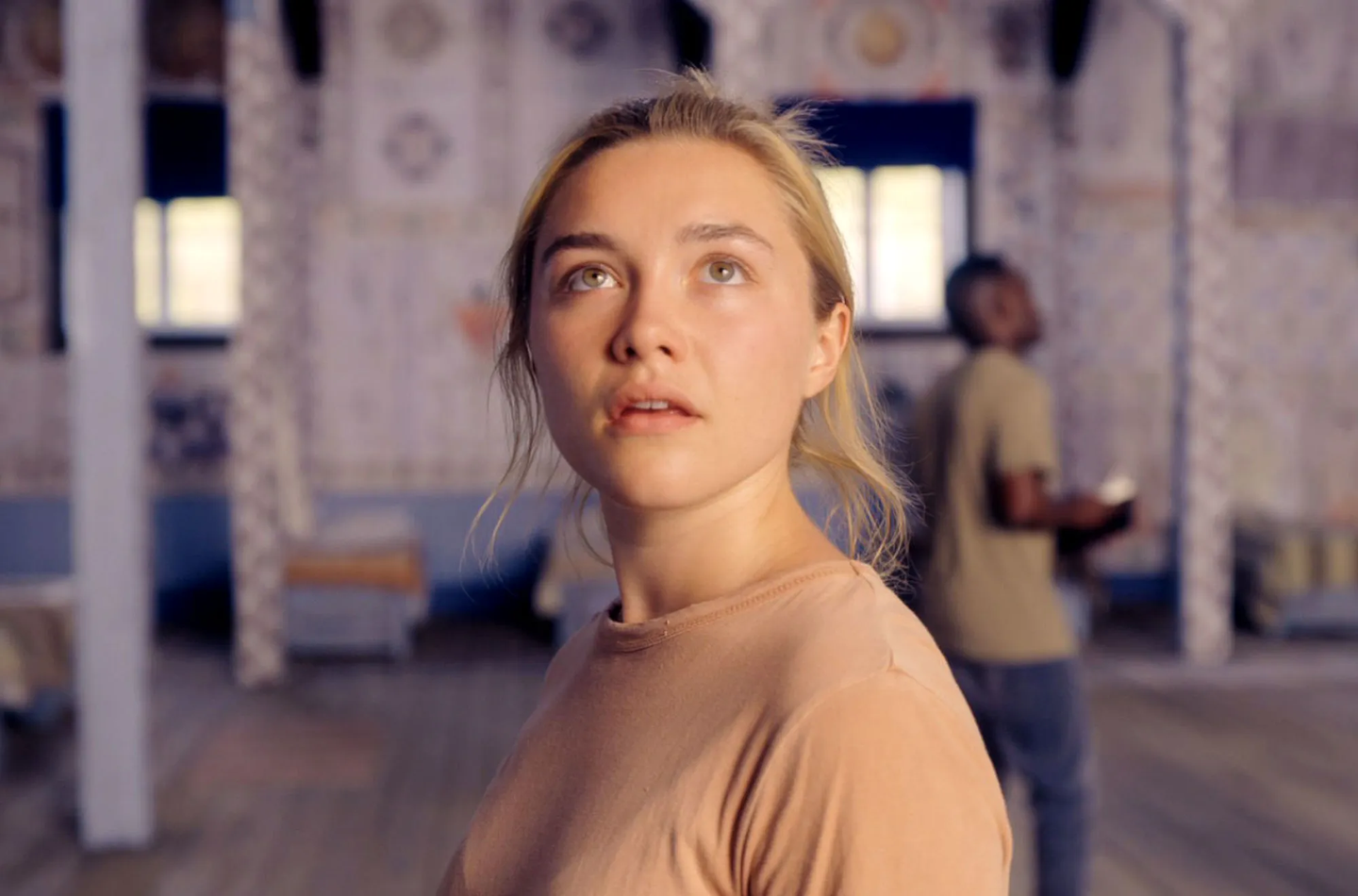
Through the Ages (and Ratings): Florence Pugh
Caitlin on Nov. 1, 2024
When actors like Florence Pugh take on roles across a wide spectrum of genres and age ratings, it’s easy for young fans to idolise them in one film without realising they’ve also starred in content that they might not be old enough to see, understand or enjoy. For instance, a young person might watch Black Widow and be drawn to Pugh’s performance, only to later express interest in Midsommar—a film that's far more intense and inappropriate for their age group.
As parents, it’s important to have open discussions with tamariki about why some films are better suited to their age and how different genres can affect the way stories are told. You can help them understand that just because an actor is great in one film doesn’t mean all their work will be right for them. Checking age ratings and reading reviews together can be a way to set healthy viewing boundaries while fostering a love for films and actors responsibly.
Below we have created comprehensive list of films featuring Florence Pugh which ranks them from the most family friendly to the ones to save for when the kids are older. We provide insights into what they are about, their ratings, and moments to watch out for and talk about. By discussing these elements together, parents can help their whānau make informed choices that suit their values and comfort levels, as well as help step younger family members through the tricky parts.
Once you’ve picked a film to watch with your whānau, it’s helpful to talk with them during and after the movie. This encourages them to reflect on what they’ve seen and share their thoughts, making the experience more meaningful. Here are some questions you could ask:
For younger tamariki:
- What was your favorite part of the movie, and why did you like it?
- Were there any parts that felt too scary or confusing? How did you feel during those scenes?
- How do you think the characters felt when something bad or unexpected happened?
- If you were one of the characters, what would you have done differently?
For older tamariki or rangatahi:
- Did any of the characters’ choices surprise you? Why do you think they acted that way?
- How did the film make you feel about certain themes, like family, friendship, or dealing with tough situations?
- Do you think the movie's message or ending was clear? Was there anything that made you think more about real-life issues?
- Were any parts of the movie hard to watch, like the intense or emotional scenes? How do you think those scenes added to the story?
Not only is this a fun way to chat about the movie, but it also encourages tamariki to think critically about what they’ve just watched. Plus, it gives you insight into how they’re processing different levels of content.
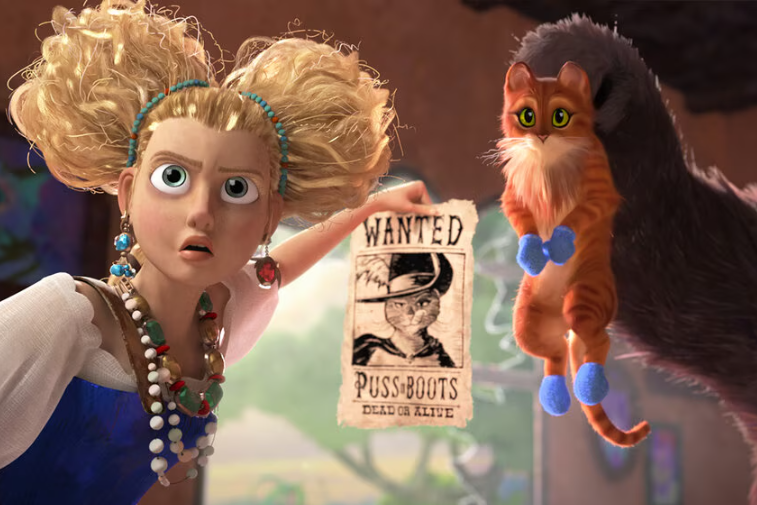
Puss in Boots: The Last Wish (2022)
Rating: PG | Violence, coarse language and some scenes may scare very young children
What’s it about? After finding out he only has one of 9 lives left, Puss in Boots gives up his dangerous lifestyle and learns what it’s like to be a domestic cat. However, after learning of a mythical ‘last wish’ that can restore his 9 lives, he sets out on an epic quest to find it, joined by the unlikely companions Kitty Soft Paws and Perrito.
Can my child watch this? We think this is a good starter film that the whole family should enjoy. While the film has fight scenes with swordplay and weapons, the violence is animated and is meant to be funny – especially the montage of Puss dying eight times.
Moments to look out for: Some language like "crap" and "hell" is used, and while a character swears, the stronger words are bleeped out. Younger children might find certain villains, especially a Grim Reaper-like Wolf, frightening, and there's a scene where Puss has a panic attack which is pretty intense.
Read more in our content breakdown for Puss in Boots: The Last Wish.
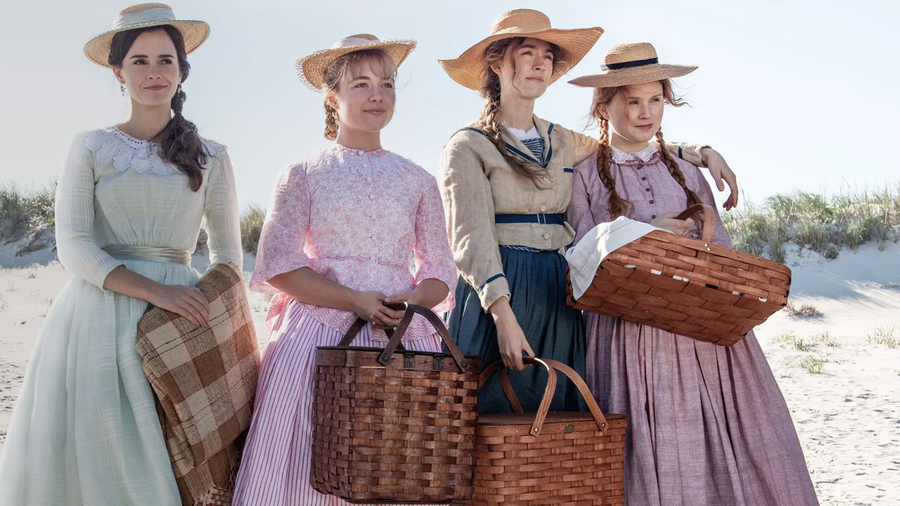
Little Women (2019)
Rating: G | Suitable for general audiences
What's it about? Little Women is about four sisters growing up during the Civil War, each with their own dreams and challenges, as they navigate love, family, and personal growth. The film focuses on their bonds and how they support each other while dealing with life’s ups and downs.
Can my child watch this? The films low rating makes it a great option for family viewing, though younger children may find some emotional scenes complex. There is also a lot of talking which could make it a bit boring for younger viewers. However, the strong messages about kindness, resilience, and sisterhood are great to talk about with the whānau.
Moments to look out for: One of the characters struggles with illness and eventually passes away, which could be emotionally challenging for younger viewers. The father is away fighting in the Civil War, a detail that may prompt questions from children, and Laurie (Timothée Chalamet) has scenes where he is drunken and disorderly.
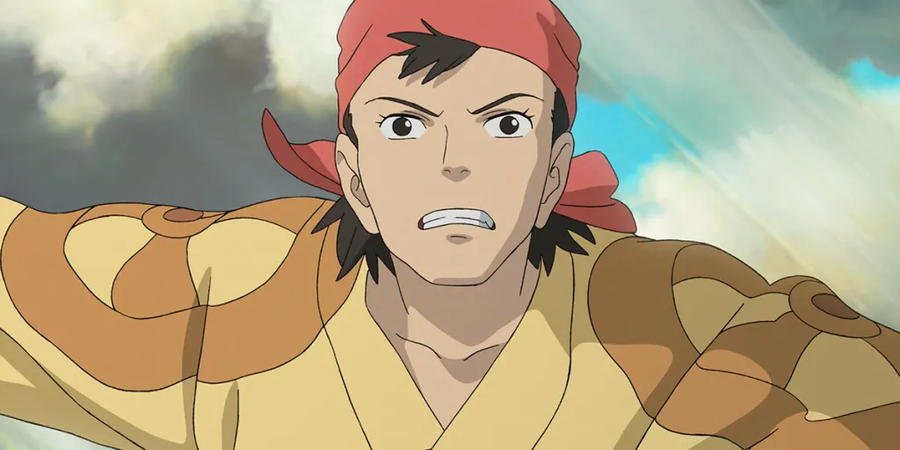
The Boy and the Heron (2023)
Rating: PG| Violence & coarse language
What’s it about? A young boy named Mahito loses his mother in a fire and moves with his father out of Tokyo to a small village. A talking heron tells him that his mother is still alive, pushing him to enter an abandoned tower in search of her, which takes him to a magical world.
Can my child watch this? The Boy and the Heron, like many Studio Ghibli films, has an offbeat, quirky style that might feel a bit unusual for younger viewers. That said, Ghibli films often carry deep and meaningful messages about life, nature, and personal growth, making them rich viewing experiences. We recommend starting your whānau's Studio Ghibli journey with a more approachable film, like Ponyo and My Neighbor Totoro before diving into the films with more complex storylines like The Boy and the Heron.
Moments to look out for: The scenes of violence and cruelty, like the bullying Mahito experiences at school and the large carnivorous budgies that aim to kill and eat humans, aren't overly intense but might frighten younger tamariki or at least make them feel uncomfortable. Additionally, Mahito's struggle with grief leads him to intentionally hurt himself, which could be confusing or unsettling for younger viewers. Some moments are pretty grotesque or disturbing, like when Florence’s character Kiriko guts a fish.
Read more in our content breakdown for The Boy and The Heron.
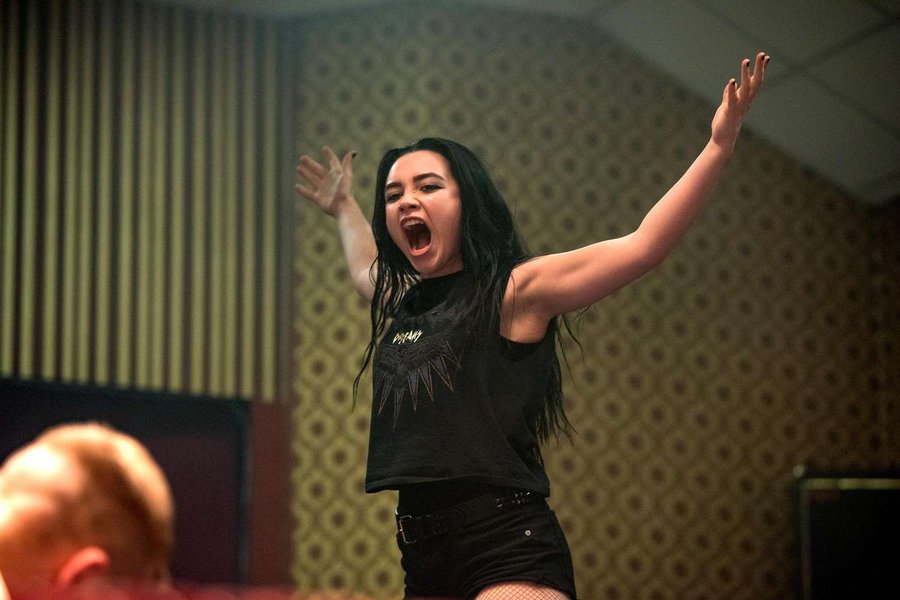
Fighting with My Family (2019)
Rating: M | Violence, sexual themes and offensive language
What’s it about? The film is about a young woman from a wrestling-obsessed family who gets the chance to compete for a spot in WWE. The film follows her journey as she faces challenges, discovers her own strength, and pursues her dream of becoming a professional wrestler.
Can my child watch this? This is a movie for when the youngest ones are in bed. It contains some offensive language, as well as name calling and the use of sexual terms. The film is for older tamariki and rangatahi who enjoy sports and underdog stories. The wrestling setting adds a sense of excitement, but children should be reminded not to try the stunts at home.
Moments to look out for: The film includes some strong language, including offensive terms and name-calling, which may be inappropriate for younger viewers. Additionally, there are scenes of wrestling action that may depict injuries or intense competition, highlighting the physical risks associated with the sport. The film also explores themes of family dynamics and personal struggles, offering a great opportunity to talk with your whānau about perseverance and following their dreams.
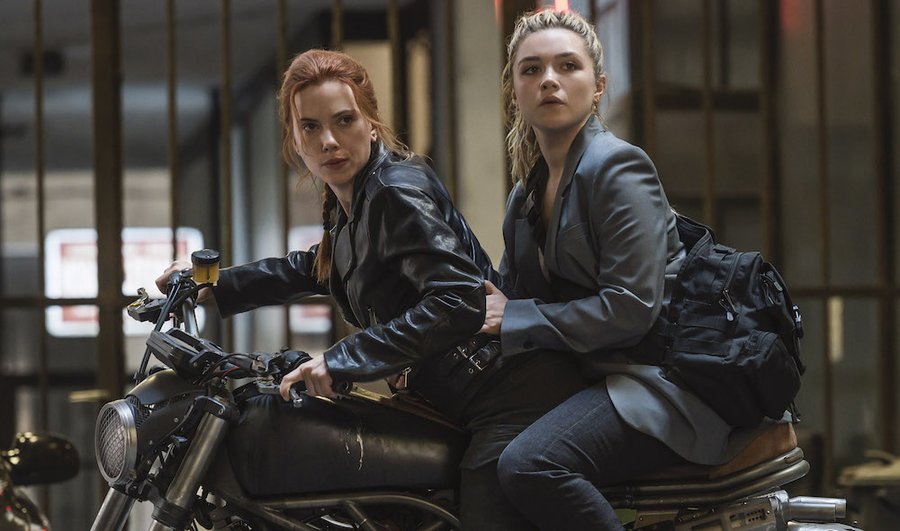
Black Widow (2021)
Rating: M| Violence
What’s it about? Black Widow follows Natasha Romanoff (Scarlet Johansson), a former Russian spy, as she confronts her dark past and reconnects with her estranged "family" of fellow spies. The film dives into her efforts to take down a dangerous secret organisation while uncovering hidden truths about her origins.
Can my child watch this? As a part of the Marvel Cinematic Universe, Black Widow offers plenty of action-packed scenes, making it a great choice for preteens and young people who enjoy superhero films. The movie delves into darker themes of espionage and family separation, giving it a tone that feels more intense than your average Marvel film. Young children are taken from their families and subjected to rigorous training to become lethal assassins, which could be both frightening and heartbreaking for some viewers. Similar to The Boy and the Heron this isn’t the first Marvel film to jump into and we suggest starting with The Avengers 2012.
Moments to look out for: Intense fight scenes, like those with Taskmaster and the leader of the Red Room, might prompt important discussions about violence and its psychological impact with your whānau. While the action is thrilling, parents should be mindful of the emotional depth, especially Natasha’s struggles with her past. Her tense reunion with Yelena touches on themes of betrayal and family, which could resonate with younger viewers. The soundtrack heightens the emotions in key moments, especially during the opening scenes when Natasha and Yelena are taken for training. Hot tip: If your child feels overwhelmed, encourage them to block their ears—it can help reduce the intensity of a scene.
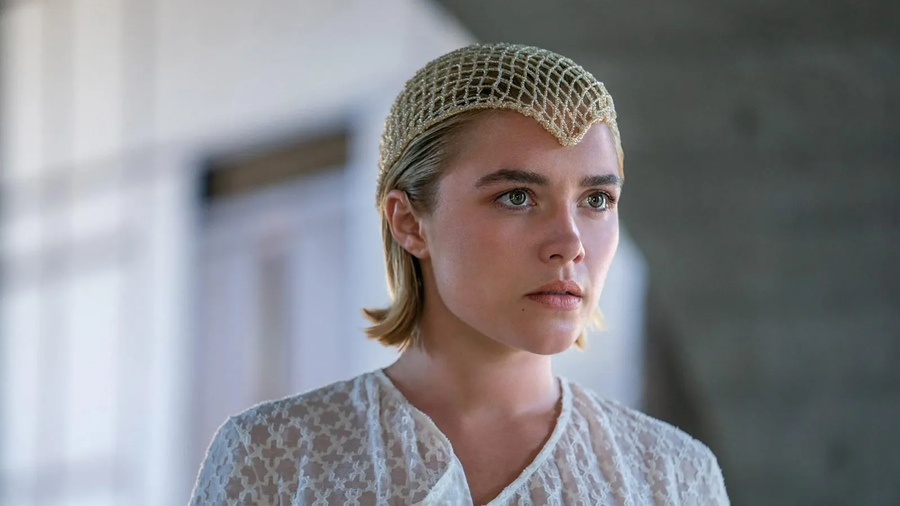
Dune: Part Two (2024)
Rating: M| Violence
What’s it about? Dune: Part Two continues the epic story of Paul Atreides as he seeks revenge against those who destroyed his family and aims to fulfill his destiny on the desert planet of Arrakis. He teams up with Chani and the Fremen to fight against oppressive forces and protect the valuable spice that holds the universe together.
Can my child watch this? This film is better suited for older teens and adults due to its complex themes and intense action. While it features stunning visuals and thrilling moments, younger viewers may struggle with the intricate plot and darker elements. Both Dune (Part One) and Dune: Part Two are rated M with a content warning for violence, but Part two has much stronger content than the other.
Moments to look out for: The film opens with a grim scene of soldiers burning a pile of war victims’ bodies. Battle sequences include soldiers falling to their deaths, and violent moments where characters are killed through throat-slashing or having their heads smashed. People are manipulated into harmful actions, either through mind control or fear, and some characters take pleasure in the suffering of others. Themes of power, control, and violence are central as characters justify taking lives for their own gain. For more detailed information read here.

We Live In Time (2024)
Rating: M| Sex scenes, offensive language and nudity
What’s it about? We Live in Time is about two people who meet by chance and develop a deep, meaningful relationship. The story follows their journey through happy and difficult times, exploring love, loss, and how our memories shape us.
Can my child watch this? This film is best suited for young people and older viewers, as it centres around a storyline involving illness. Be mindful of who you watch it with, as the theme of cancer may be sensitive for some. While there are a few sex scenes with partial nudity, the film’s main focus is on navigating life’s highs and lows and the family's journey through a cancer diagnosis.
Moments to look out for? Scenes that deal directly with illness and the emotional toll it takes on the family, which may be intense for some viewers and require parents to talk through with the whānau. At the end of the film a character's death is implied but not shown. For more information check out our blog or content breakdown for We Live in Time.
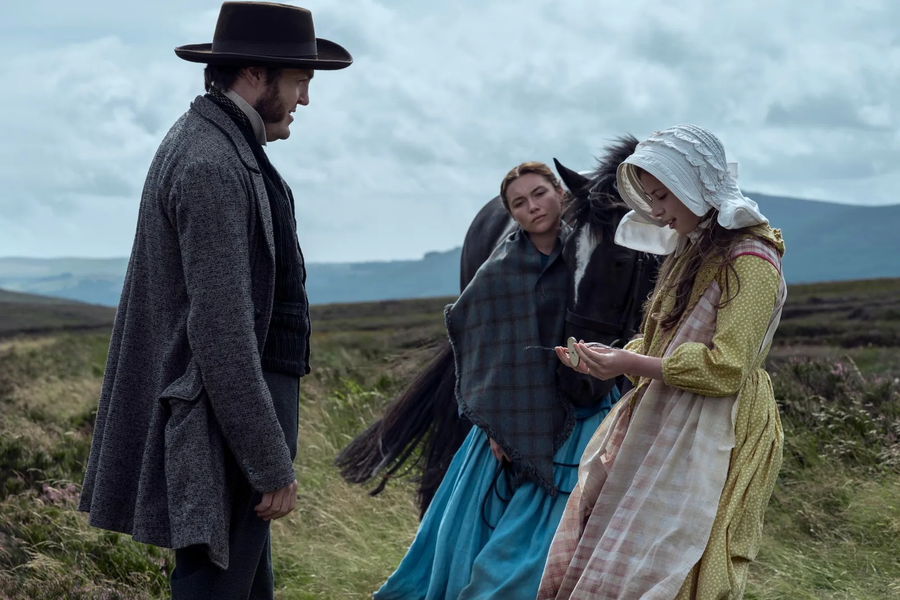
The Wonder (2022)
M| Sex scenes and offensive language
What’s it about? Set in 19th-century Ireland, the film follows a young girl named Anna who claims to have survived without food for months. A nurse named Lib Wright is sent to observe Anna (Kíla Lord Cassidy) and uncover the truth behind her miraculous survival, leading to a gripping exploration of faith, belief, and the power of observation in a community torn between tradition and reason.
Can my child watch this? This film isn’t for everyone in the whānau. The period drama deals with serious psychological themes, and although it isn't graphic, the film's slow pace and unsettling feeling make it more suitable for older young people and adults. Younger viewers might find its dark atmosphere and complicated moral situations confusing.
Moments to look out for: References to sexual violence could be distressing for viewers, highlighting the dark realities faced by women in that era. Additionally, the film depicts disordered eating through Anna's claim of surviving without food, raising important questions about belief, control, and the impact of societal pressures on individuals.
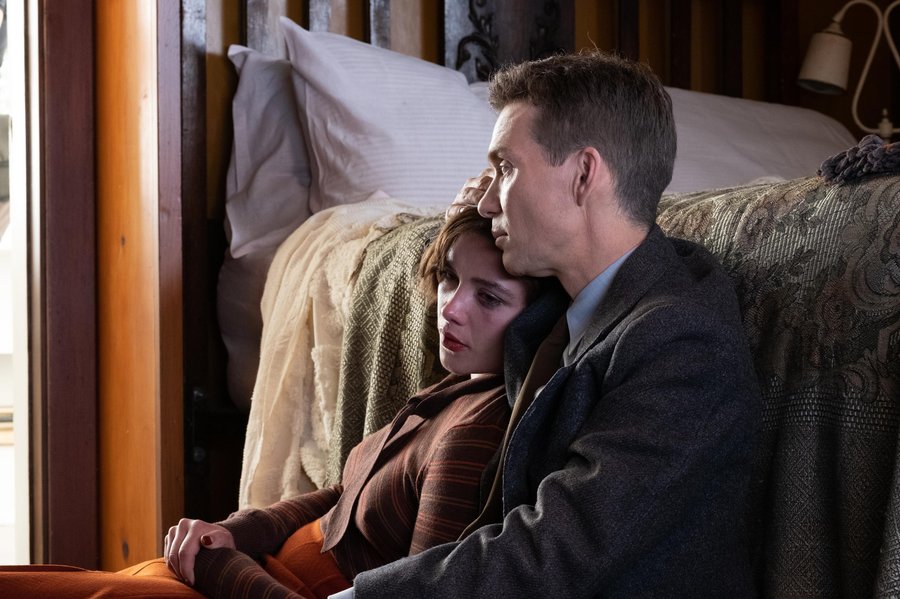
Oppenheimer (2023)
Rating: M | Sex scenes, offensive language, nudity and suicide
What’s it about? The film follows American scientist J. Robert Oppenheimer, who led a secret project that created the atomic bomb. We witness the moral struggles and dilemma he faces after discovering the devastating consequences that forever changed history and the world itself.
Can my child watch this? This film is better suited for older teens and adults due to its complex themes about war, sex scenes and suicide. While it presents important historical events, younger viewers may struggle to grasp the deeper implications and moral questions raised in the film. There is also a lot of talking which would make it a bit boring for younger viewers.
Moments to look out for: The film discusses the aftermath of the atomic bomb in Hiroshima and Nagasaki, including vivid descriptions of victims’ injuries, and features a brief hallucination showing its impact. Additionally, there’s a scene briefly depicting a character's suicide, along with nudity and offensive language. This film contains intense content which can lead to important conversations with your young people about these heavy topics.
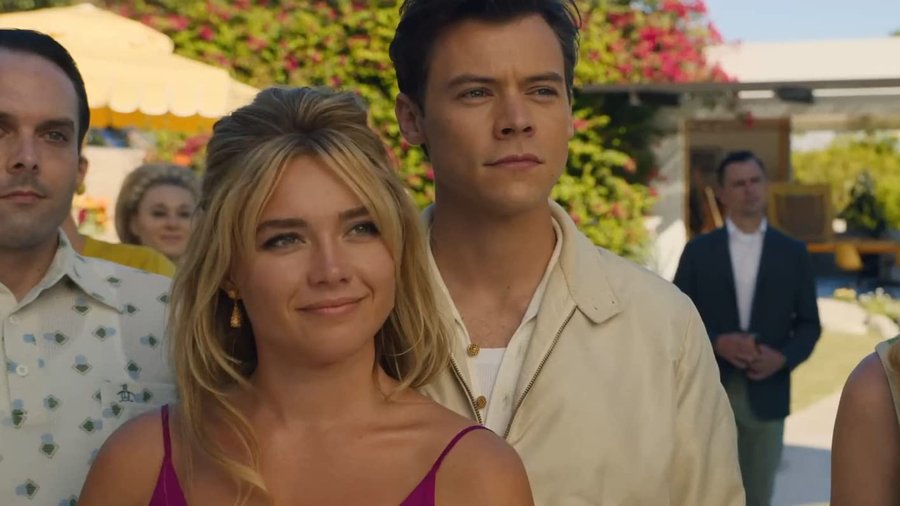
Don't Worry Darling (2022)
Rating: R13 | Violence, sex scenes, self-harm and offensive language
What’s it about? Don’t Worry Darling is a psychological thriller set in a seemingly perfect suburban community in the 1950s. The story follows Alice, a housewife who begins to uncover the disturbing secrets behind her idyllic life and the truth about her husband (Harry Styles), leading to shocking revelations.
Can my child watch this? This film is for viewers 13 years of age and older due to the violence, self-harm, and sex scenes shown. The psychological elements and unsettling atmosphere are too intense for children and younger rangatahi. Young people may feel more at ease watching this film on their own or with friends, given its sexual content. However, this presents a great opportunity for parents to discuss the important themes and challenging content explored in the film, fostering open conversations and deeper understanding – even if you don’t watch it together.
Moments to look out for: Violent scenes, such as a character being struck over the head, a car chase leading to a fiery crash, and Alice facing manipulation and gaslighting. Additionally, the explicit sex scenes and depictions of self-harm. These elements can serve as valuable talking points for parents to engage with their rangatahi about the film’s content and themes. For more information about the sexual content and age rating read here.

The Falling (2014)
Rating: R16 | Sex scenes
What’s it about? Set in a 1960s girls' school in England, The Falling explores the mysterious fainting spells that affect students after the death of a popular girl. The story focuses on the friendship between two girls, Lydia and Abbie, as they navigate the pressures of adolescence and the ensuing chaos at school.
Can my child watch this? Similar to Don’t Worry Darling young people might prefer watching this one without you in the room due to the several explicit sex scenes. The film is rated for viewers aged 16 and older due to its mature themes and explicit sexual content. The opportunity for parents is to talk about how the film explores teenage angst and mental health issues, as these scenes may resonate with older youth.
Moments to look out for: The Falling features a mass fainting incident among students that highlights mental health struggles and societal pressures. Key moments include Abbie's emotional turmoil, scenes of self-harm, and complex dynamics in teenage relationships, all of which offer rich opportunities for discussions about adolescence and mental well-being.
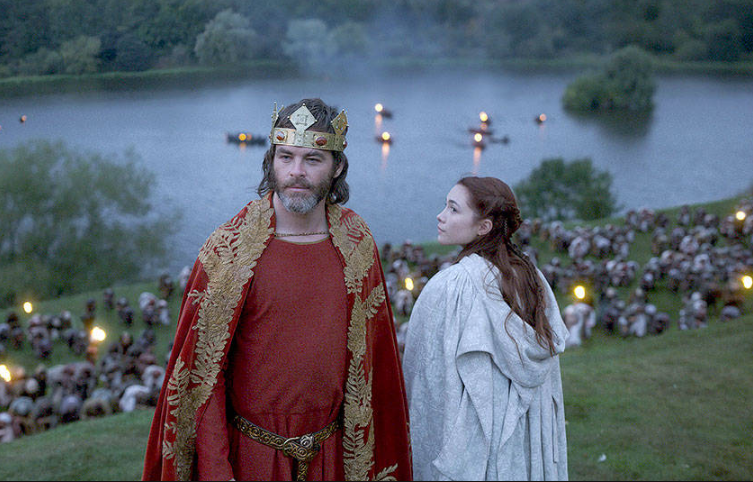
Outlaw King (2018)
Rating: 16 | Graphic violence and offensive language
What’s it about? Outlaw King tells the true story of Robert the Bruce, a Scottish nobleman who leads a rebellion against English rule in the 14th century. The film follows his struggles and battles to unite Scotland and reclaim his throne, highlighting the brutality of war and the fight for freedom.
Can my child watch this? The film is rated for viewers aged 16 and older because of its graphic violence and mature themes. The intense battle sequences and political intrigue is not suitable for younger audiences or those sensitive to graphic content. Young people are likely to be more comfortable watching this together which provides opportunities for parents to talk with rangatahi about on-screen violence.
Moments to look out for: Outlaw revolves around themes of revenge and justice, showcasing intense violence in scenes like a character brutally beaten to death with a bat. The main character grapples with the moral implications of his actions, which can lead to discussions about the consequences of taking the law into one’s own hands.
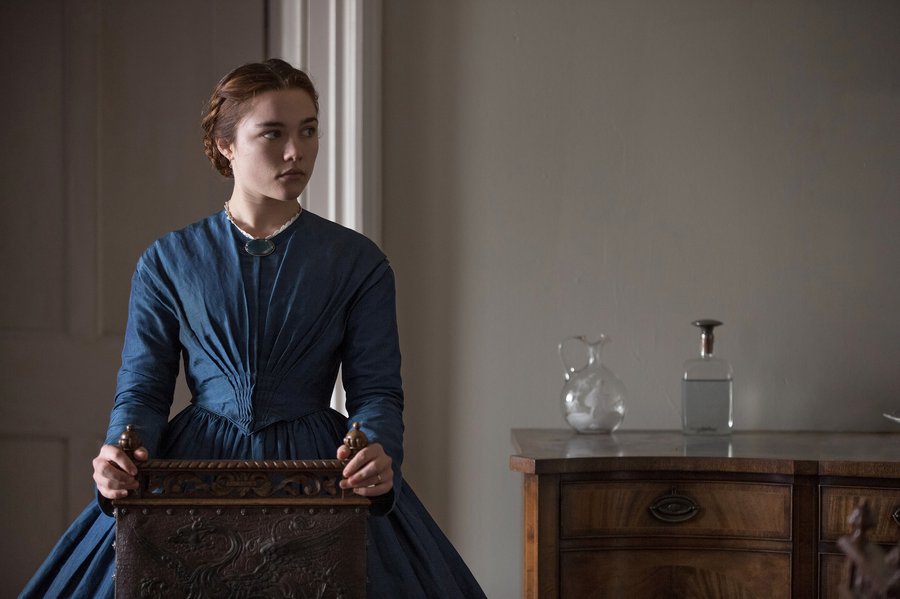
Lady Macbeth (2016)
Rating: R16| Violence, offensive language and sex scenes
What’s it about? Lady Macbeth follows a young bride in 19th-century England who is trapped in a loveless marriage. As she embarks on an affair, she becomes increasingly ruthless, leading to dark and violent consequences.
Can my child watch this? This film is rated for viewers aged 16 and older due to its violence and sexual content, which can be quite disturbing, especially in its portrayal of manipulation. If you want to introduce your whānau to Shakespearean films, consider starting with Romeo + Juliet (1996). While still aimed at mature audiences, it features significantly less graphic violence and sexual content, making it a more suitable option to start with.
Moments to look out for: Lady Macbeth includes graphic violence, such as a character being brutally assaulted and another being killed with a sharp object, both of which are depicted with blood. The film also features explicit sex scenes, including intense encounters between Lady Macbeth and her lover, as well as a scene of sexual coercion that highlights themes of manipulation and power dynamics.
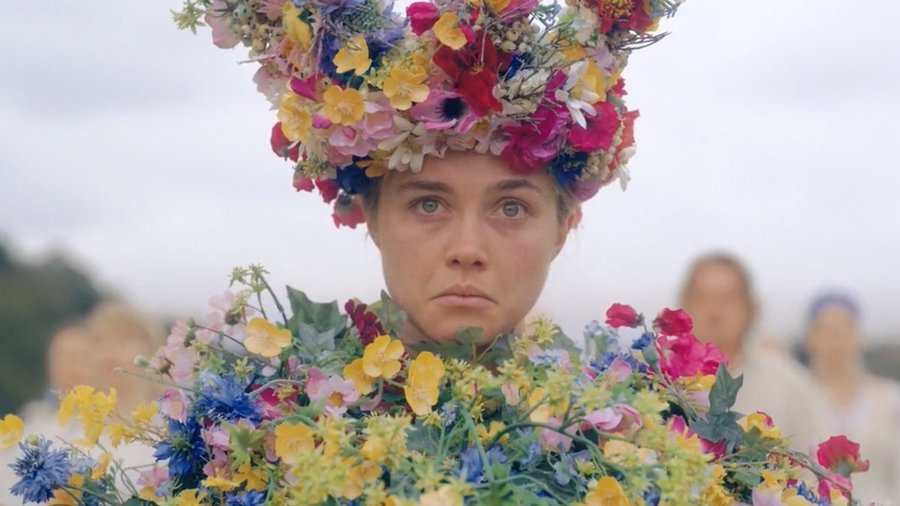
Midsommar 2019
Rating: R18 | Graphic violence, sex scenes, drug use and suicide
What’s it about? Midsommar follows a group of friends who travel to Sweden for a midsummer festival that takes a dark turn. As they become embroiled in the rituals of a mysterious pagan cult, they confront their own fears and relationships, leading to shocking and disturbing events.
Can my child watch this? This film is rated for viewers aged 18 and older due to its graphic violence and disturbing content. It is not for tamariki or rangatahi under 18. While it is a well-done film it also isn’t for the faint hearted. We recommend waiting until everyone is bed to watch this one, or watching with your adult children, especially if you are all psychological horror fans.
Moments to look out for: Midsommar includes graphic violence, like the shocking suicide of two elderly characters who jump from a cliff, and a brutal hammer attack during a ritual. There are also explicit sexual scenes, including a surreal encounter between Dani and a local man, as well as drug use that affects the characters' perceptions. These intense moments create a disturbing experience that may prompt conversations about grief, relationships, and cultural traditions.
Honourable mentions
While we've highlighted many of Florence Pugh's film roles, we couldn’t possibly cover everything she’s been in without keeping you here all day! So, here are some honorable mentions, including standout series she's starred in and a few more films worth noting.
The Falling (2014) - R16 | Sex scenes
- Viewers should be aware that the film contains distressing themes, including death, flashbacks of rape, and an incestuous relationship, which may be difficult for younger or sensitive viewers.
The Little Drummer Girl (2018) - R13 | Violence, offensive language, sex scenes & content that may disturb
- Viewers should note that the drama series is about British espionage and includes mature and potentially distressing themes such as violence, terrorism, and sexual content, which may not be suitable for younger viewers.
The Commuter (2018) - M | Violence & offensive language
- Viewers should be aware that the film features intense sequences of violence, peril, and strong language, as well as themes of corruption and deception that may be unsettling for younger or more sensitive audiences.
Hawkeye (2021) - M| Violence
- Viewers should be aware that the Marvel miniseries features sequences of action violence, mild language, and themes of loss and revenge. While generally lighthearted, some scenes may be intense or unsettling for younger viewers.
A Good Person (2023) - R16 | Offensive language, drug use and sexual themes
- Viewers should be aware that the film contains mature themes, including grief, substance abuse, and trauma, as well as strong language and emotional intensity. These elements may not be suitable for younger or more sensitive audiences.
Watch this space for more “Through the Ages” blogs where we guide you through age appropriateness for different franchises, actors and directors. Coming soon...Studio Ghibli!
Subscribe to our blog
Stay up to date with the Classification Office blog.


